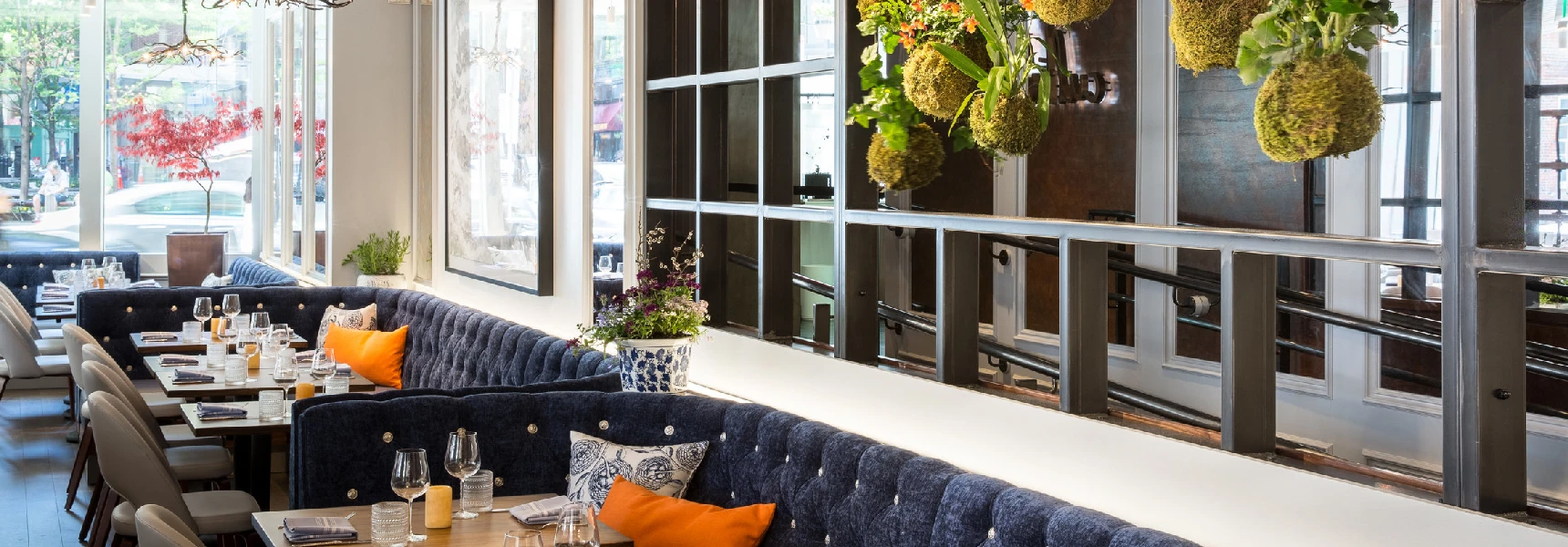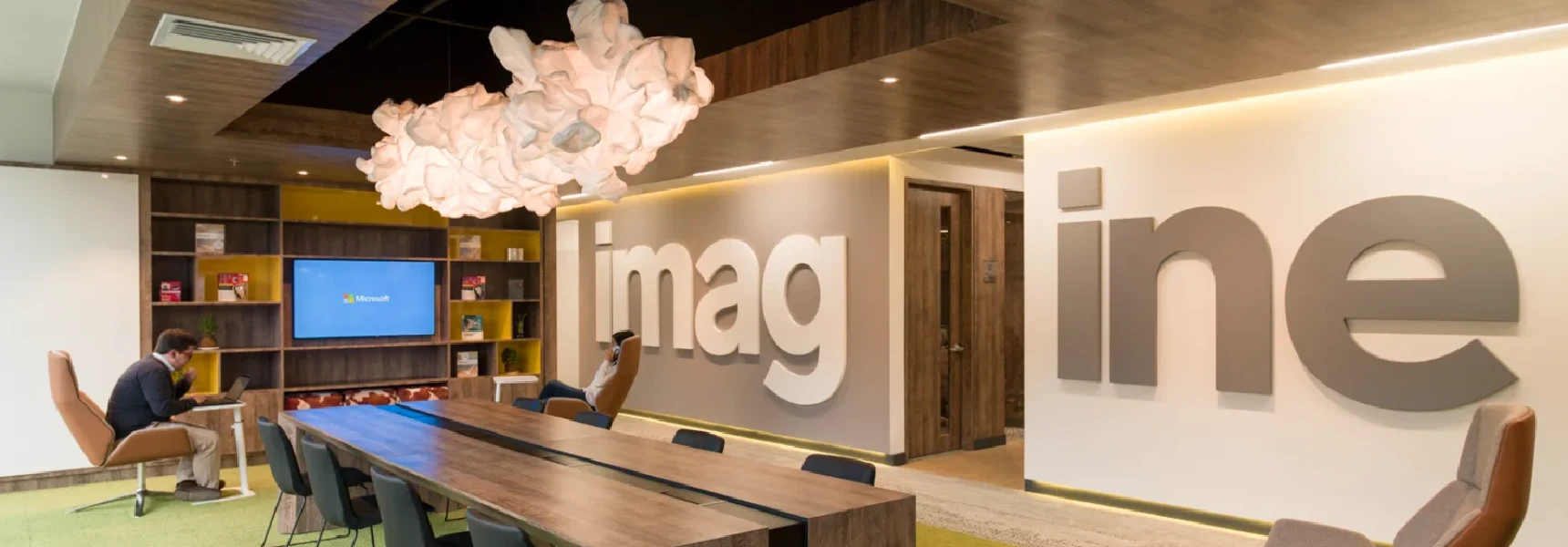Innovation
The Future of Workspaces: Why Hybrid Design Matters
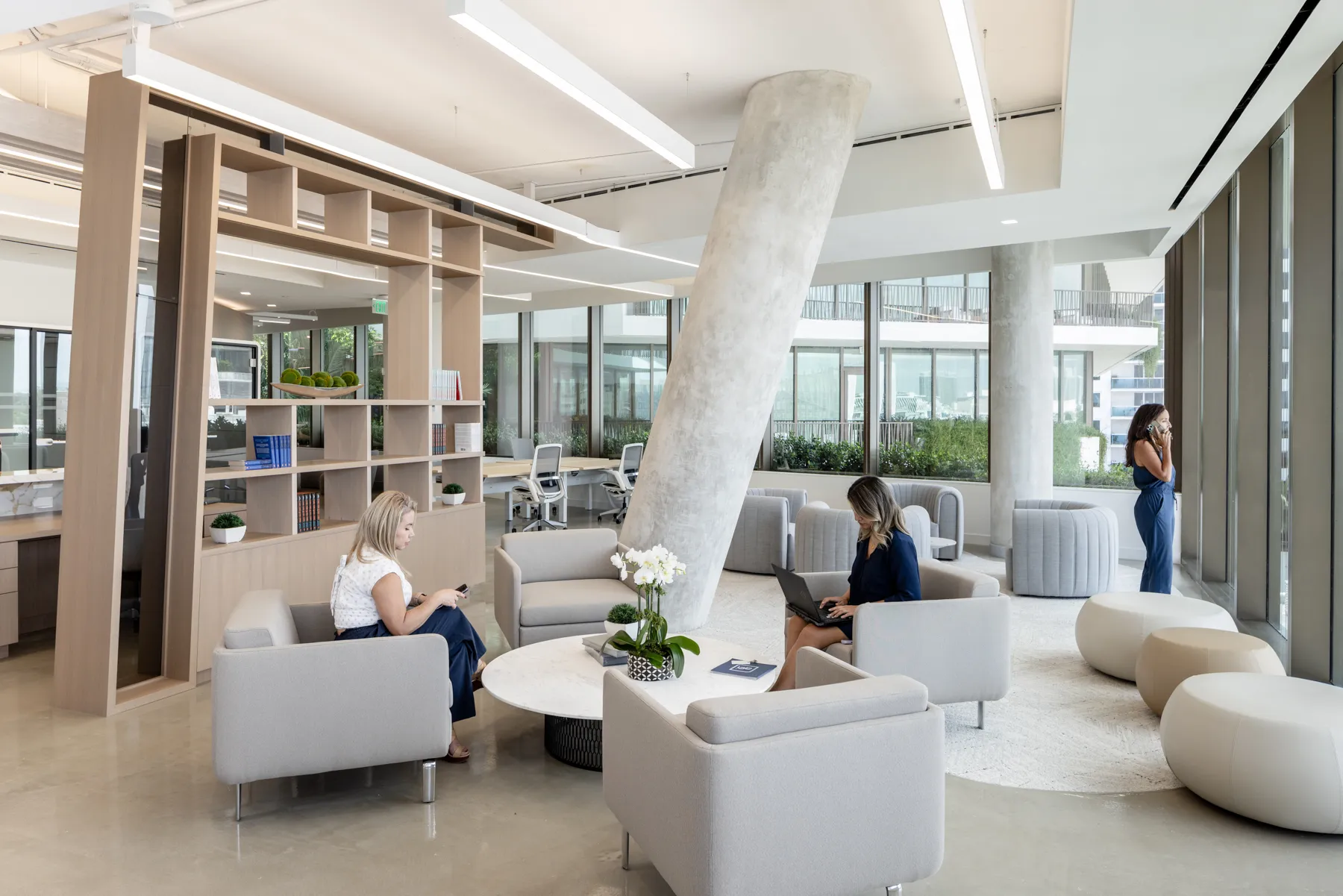
The workplace is undergoing a major transformation, with hybrid work becoming the new standard. For real estate developers, this shift presents both challenges and opportunities to create offices that are flexible, tech-enabled, and wellness-focused. Companies no longer need traditional office layouts; instead, they seek multi-functional spaces that encourage collaboration and productivity while accommodating fluctuating occupancy. Here’s how developers can stay ahead by designing hybrid-friendly work environments.
Key Trends Shaping Hybrid Workspaces
1. Flexible and Modular Design
The traditional one-desk-per-employee model is fading. Instead, hybrid offices favor hot desking, shared spaces, and adaptable layouts that allow companies to scale up or down as needed.
-
Activity-Based Working (ABW): Offices now offer quiet zones, collaboration hubs, focus booths, and lounge areas so employees can choose spaces based on tasks.
-
Modular Furniture & Movable Walls: Offices are being designed to easily reconfigure for team meetings, presentations, or individual work.
-
Right-Sizing Workspaces: Companies analyze usage data to determine optimal space allocation, reducing underutilized areas.

2. Smart Office Technology
Hybrid workspaces rely on IoT, AI, and automation to enhance efficiency, streamline operations, and improve user experience.
- Occupancy Sensors & Analytics: Smart systems track space usage, adjust lighting and HVAC, and optimize layouts based on demand.
- AI-Powered Scheduling & Desk Booking: Apps help employees reserve desks, meeting rooms, and find colleagues in real time.
- Seamless Hybrid Collaboration: High-tech Zoom rooms, AI-assisted noise reduction, and immersive video conferencing setups make remote and in-office collaboration seamless.

3. Biophilic & Wellness-Focused Design
After years of working from home, employees expect offices to feel comfortable, inspiring, and connected to nature.
- Natural Light & Indoor Greenery: Offices maximize daylight, living walls, and nature-inspired aesthetics to improve well-being.
- Wellness Rooms & Quiet Spaces: Meditation rooms, nap pods, and relaxation zones create an environment that supports mental health.
- Active Workspaces: Features like sit-stand desks, indoor walking paths, and fitness areas encourage movement throughout the day.
.webp)
4. Sustainable & Energy-Efficient Offices
Sustainability is now a key differentiator for office spaces, with tenants demanding eco-friendly buildings that align with corporate ESG goals.
- Green Building Certifications: LEED, WELL, and Fitwel certifications signal commitment to sustainability.
- Smart Energy Management: Automated lighting, HVAC systems, and renewable energy sources reduce carbon footprints.
- Eco-Friendly Materials: Developers are choosing recycled, non-toxic, and renewable materials to create healthier environments.
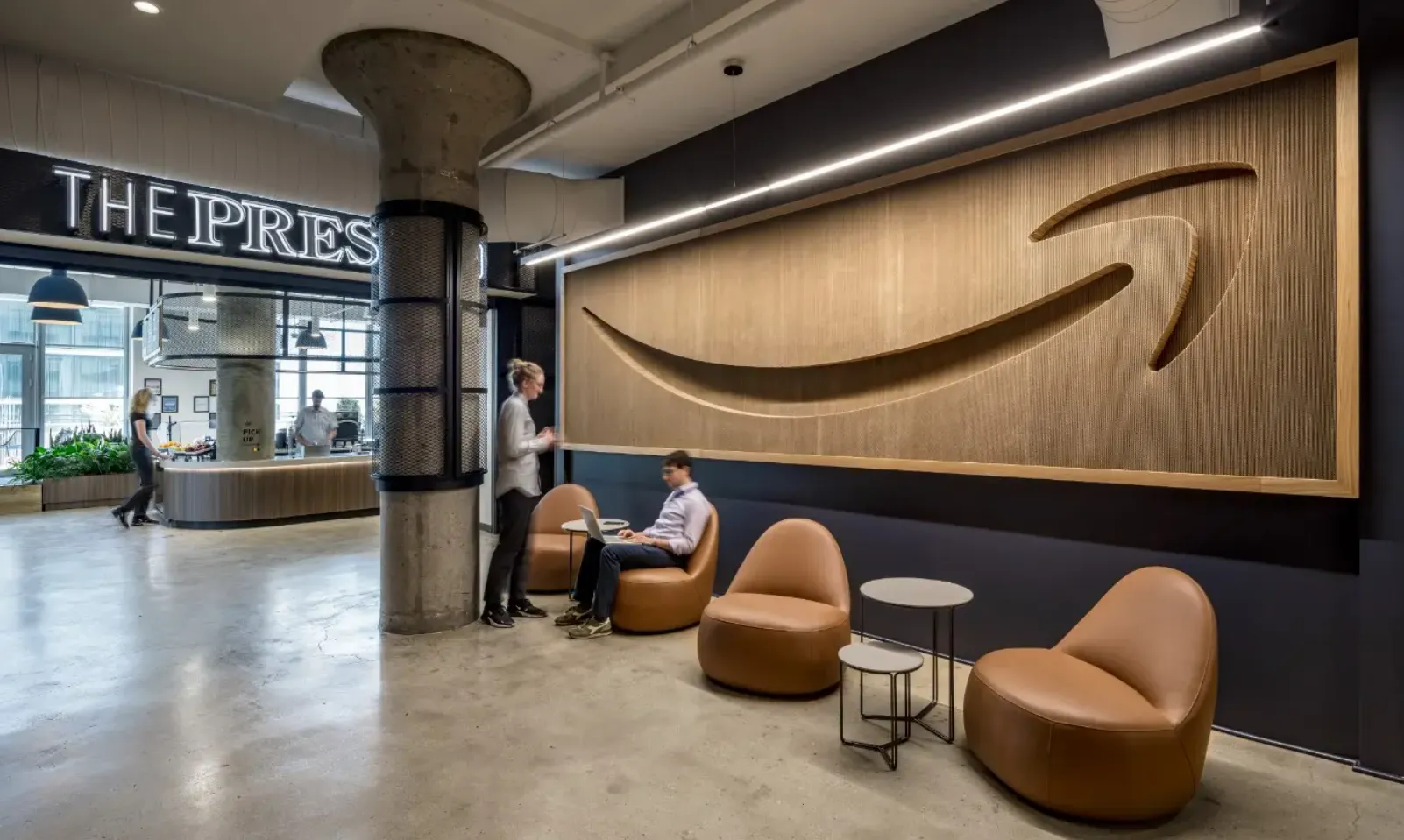
5. Hospitality-Inspired Office Experiences
To entice employees back to the office, workplaces are adopting a hospitality mindset by creating welcoming, engaging environments.
- On-Site Cafés & Lounges: Hybrid offices are integrating coffee bars, work-friendly cafés, and social zones for casual interactions.
- Multi-Use Amenity Spaces: From rooftop terraces to game rooms and coworking-style lounges, these spaces promote a sense of community.
- Concierge Services & Events: Some workplaces now offer wellness programs, networking events, and concierge-style perks to elevate the employee experience.
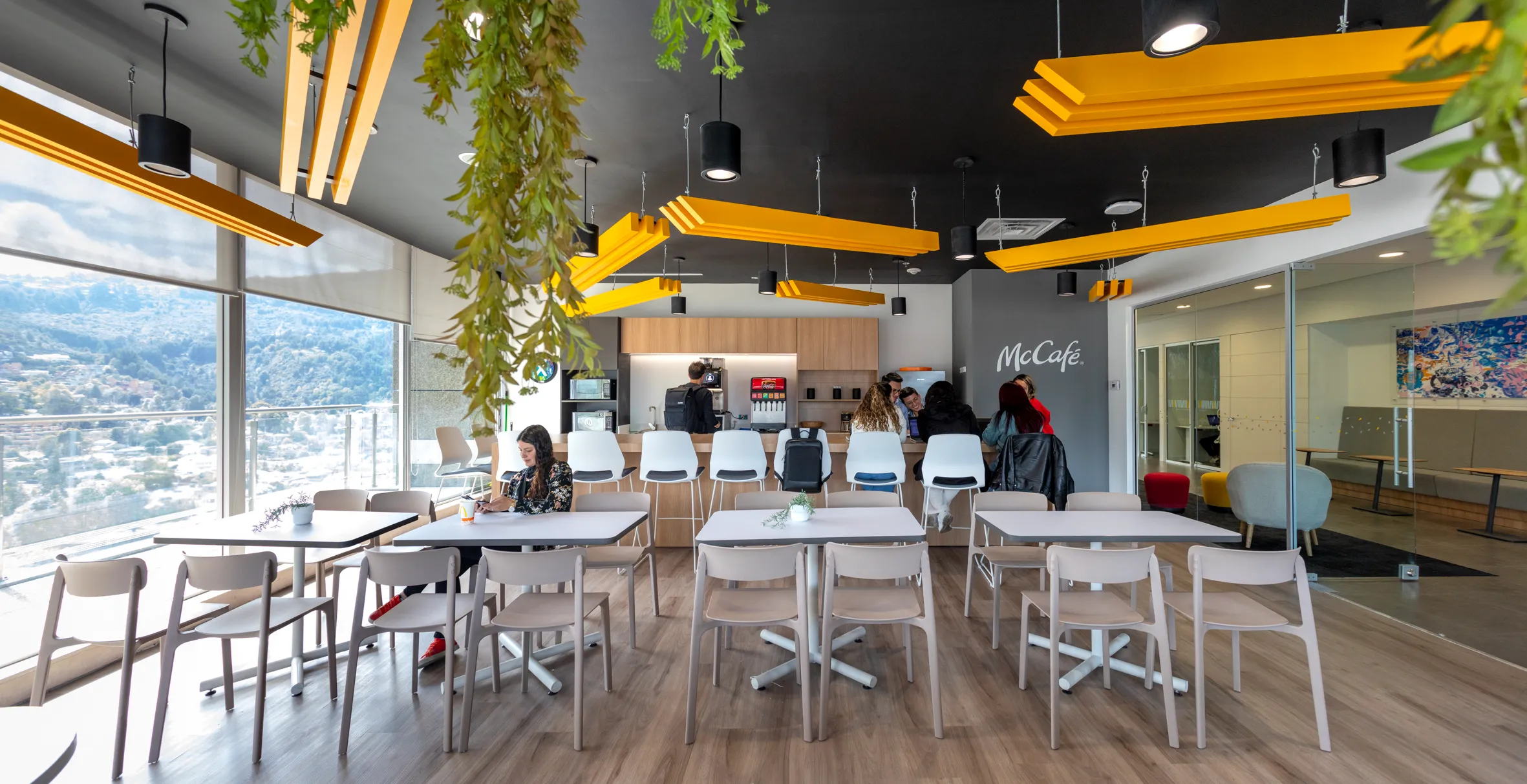
The Role of Real Estate Developers in Hybrid Workspaces
1. Designing for Flexibility
Developers must create spaces that adapt to changing work models by incorporating modular layouts, reconfigurable floor plans, and diverse work zones.
2. Implementing Smart Building Infrastructure
Investing in fiber-optic networks, IoT-enabled HVAC, and occupancy tracking systems ensures buildings meet the connectivity and efficiency needs of hybrid tenants.
3. Enhancing Tenant Experience
Hybrid tenants want more than just office space; they need community-driven environments with access to amenities, shared spaces, and top-tier technology.
4. Sustainability & Cost Efficiency
Energy-efficient buildings not only support environmental goals but also reduce long-term operating costs, making them attractive investments.
Challenges & Opportunities in Hybrid Workplace Design
Challenges:
- Fluctuating Demand & Space Utilization: Managing underutilized office space on non-peak days.
- Tech Investment Costs: Implementing smart systems requires upfront investment but delivers long-term benefits.
- Balancing Collaboration & Focus Areas: Ensuring a mix of private and open spaces to suit diverse work styles.
Opportunities:
- Repositioning Older Buildings: Converting traditional office spaces into hybrid-friendly environments.
- Developing Hub-and-Spoke Office Models: Creating regional satellite offices to support workforce distribution.
- Flexible Lease Options: Offering short-term, on-demand space solutions to meet evolving tenant needs.
Actionable Insights for Real Estate Developers
- Engage Tenants Early: Understand how businesses plan to use space post-pandemic.
- Prioritize Flexible Infrastructure: Modular walls, tech-enabled workstations, and multi-use zones are essential.
- Invest in Smart Technology: Occupancy analytics, energy-efficient HVAC, and high-speed internet improve tenant appeal.
- Create Engaging Amenity Spaces: Hospitality-driven environments help attract and retain tenants.
- Design for Well-Being & Sustainability: Healthy buildings with natural light, biophilic elements, and air purification set the gold standard.
The Future of Hybrid Workspaces
Hybrid work is not a passing trend—it’s the new reality. Developers who integrate flexibility, smart technology, wellness, and sustainability into their projects will lead the market in the future of office real estate.
As hybrid work continues to evolve, real estate professionals who anticipate and embrace these changes will create office environments that are not only functional but also highly desirable for the next generation of tenants.


